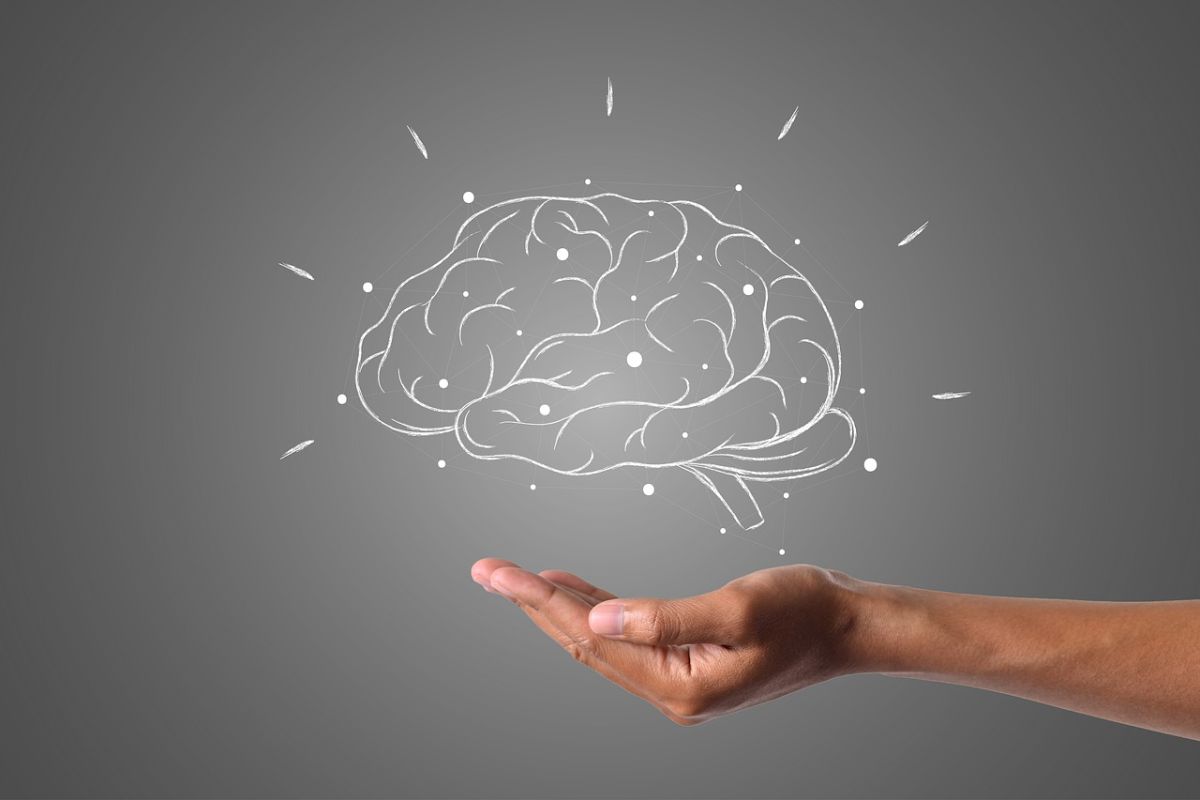Substance abuse is a daunting condition to overcome. It knows no demographic bounds and affects up to 10% of the US population. If you or a family member struggle with addiction, you may be aware many forms of treatment are available. This discussion of addiction treatment levels may clarify the differences and help you decide if treatment might help in your situation.

Long-Term Residential
This 24-hour care model is a comprehensive, highly structured setting that focuses on community. Addiction is addressed in the context of a person’s social and psychological challenges, and goals include personal accountability and social engagement. The length of stay ranges from six to 12 months and may involve a strong experiential component, often nature or wilderness-based.
Short-Term Residential
This level is what many people picture when they think about addiction rehabilitation. Ranging from rustic dorms or cabins to luxury resort-like settings, these programs vary widely in cost and programming. You can expect that substance abuse treatment Benton, Ark., would offer may be vastly different from a treatment center in Phoenix or Seattle. Though programming may differ, most facilities operate as hospitals, in that they provide medical and psychiatric treatment. Often 12-step approaches to recovery are emphasized, and strong counseling components are incorporated. The length of stay is generally three to eight weeks.
Outpatient
These non-residential programs consist of therapy and education groups, three to five times per week. Costs vary depending on treatment intensity. Outpatient works best for people who have strong social or professional systems in place but need intermittent encouragement to remain abstinent from alcohol and other drugs.
Individual and Group Counseling
All levels of treatment provide individual and group therapy. For individuals not participating in residential or outpatient treatment, addiction counseling is available at a therapist’s private office. The focus of addiction counseling includes short-term behavioral goals and involvement in 12-step work. The goal is to assist patients with coping strategies that will enable them to maintain their sobriety.
Criminal Justice Programs
Addiction and legal problems often co-exist. Many incarceration models incorporate addiction treatment. Sometimes substance abuse counseling or education are offered to individuals instead of incarceration. These programs are becoming more prevalent as they are believed to decrease rates of both recidivism and relapse.
Substance abuse treatment options continue growing as the field identifies more programs that yield successful outcomes. The range of treatment can accommodate severe addicts with multiple consequences as well as those concerned about their substance use and wanting some education and support. If you or someone you know may need help with substance abuse, there is a place for you among these five levels of treatment.



Wow, I never knew before that there are involuntary substance abuse treatments that can be done as an outpatient. A friend of mine talked to me on his own about his struggles with taking too much pain killers these past few months. I think that it would be best for him to seek professional help as soon as possible because I can only do so much in listening to his worries about getting addicted.